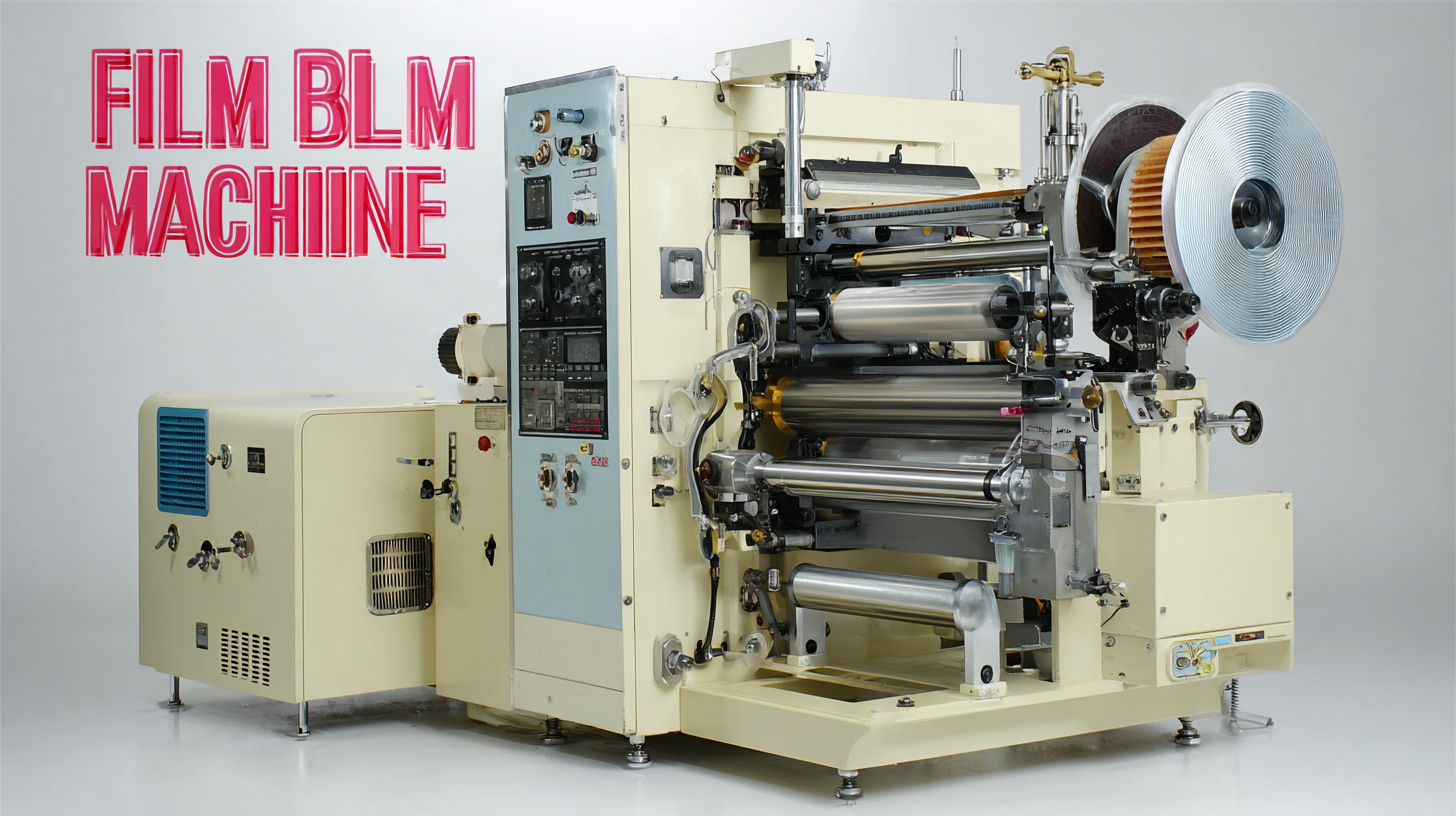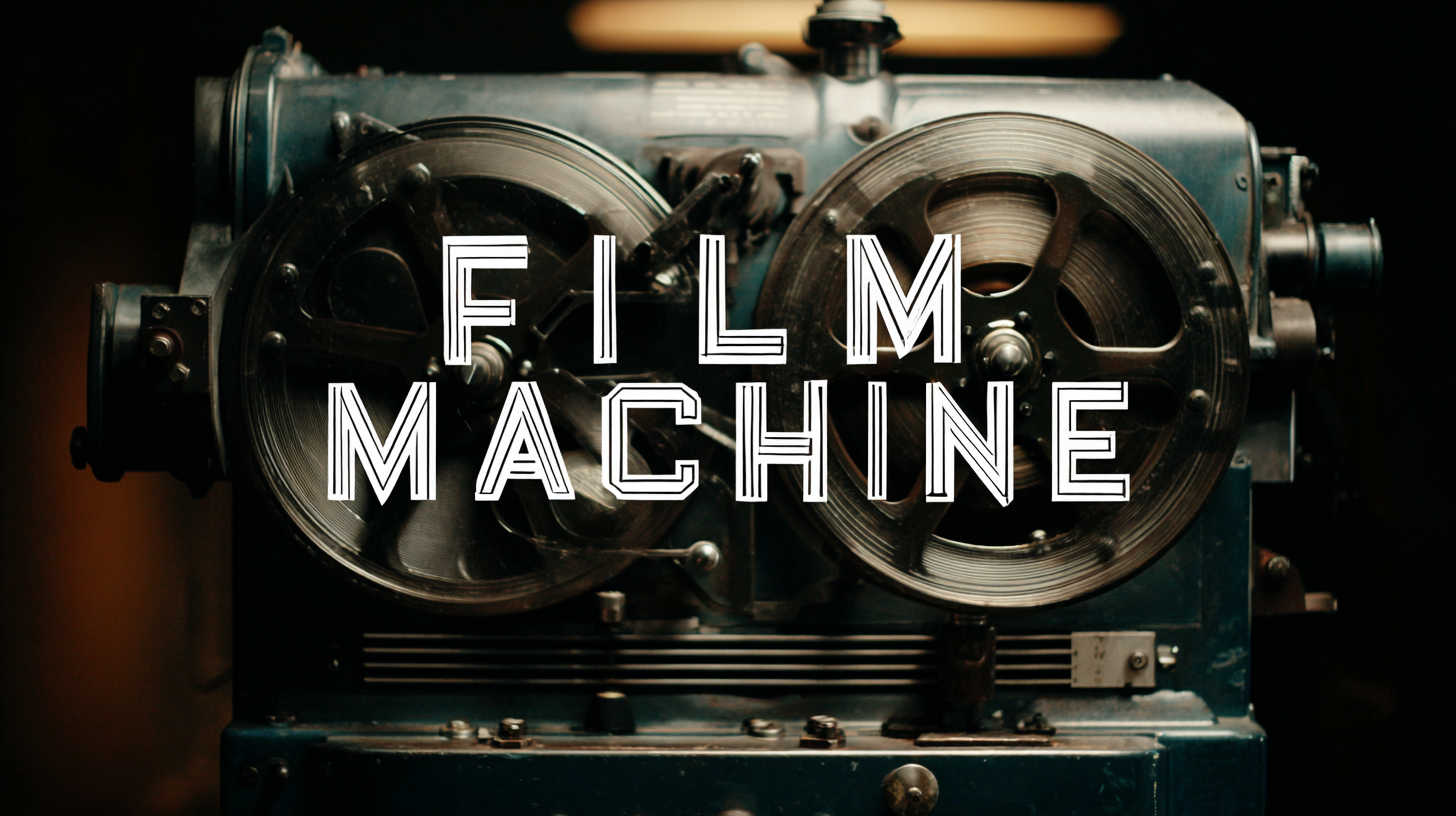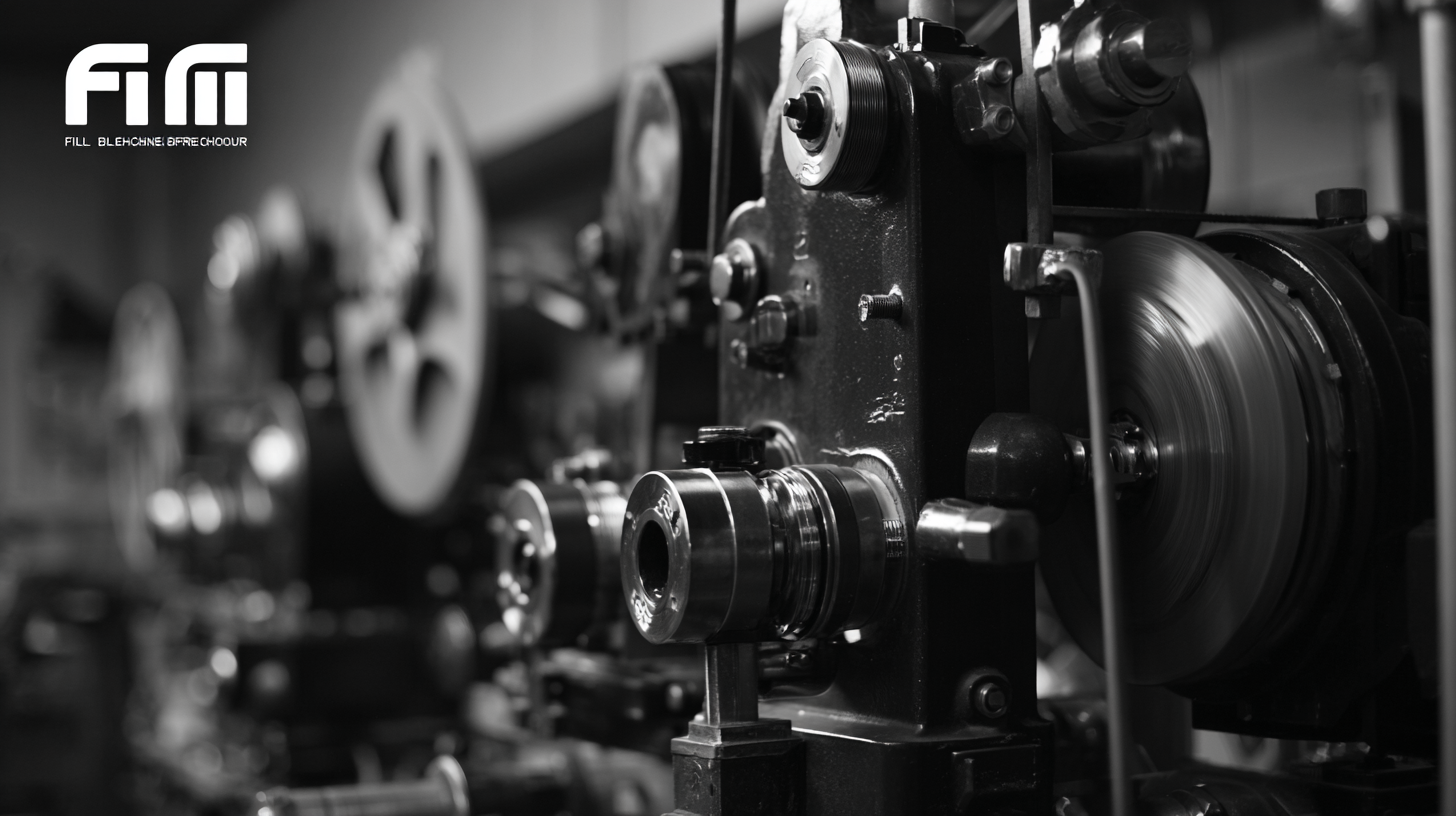
How to Choose the Best Film Blown Machine for Your Production Needs
In the ever-evolving landscape of the packaging industry, selecting the right
Film Blown Machine is crucial for optimizing
production efficiency and ensuring product quality. With a plethora of options available,
understanding the unique characteristics and applications of different types of film blowing
machines becomes essential. This blog aims to guide you through the selection process by
highlighting the benefits of various types of Film Blown Machines,
detailing their specific features, and discussing their suitability for diverse production needs.
Whether you are a seasoned professional or new to the packaging world, making informed choices
about the equipment you invest in can significantly impact your production outcomes and ultimately
drive business success.
 Join us as we explore the key factors to consider when choosing the best
Film Blown Machine for your specific requirements.
Join us as we explore the key factors to consider when choosing the best
Film Blown Machine for your specific requirements.
Key Factors to Evaluate When Selecting a Film Blown Machine
When selecting a film blown machine for your production needs, it’s essential to evaluate several key factors to ensure that you make the right choice. First, consider the machine's capacity and output speed. This will largely depend on the volume of film you need to produce. It's vital to match the machine’s capabilities with your production goals, as over or underestimating your requirements can lead to inefficiencies and increased costs.
Another crucial factor is the type of material compatibility. Different machines are designed to handle various types of polymers, which can significantly affect the quality and durability of the final product. Therefore, understanding the specific materials you plan to use is essential to ensure consistency and performance. Additionally, look into the machine's versatility, such as its ability to produce various film thicknesses and properties, which can enhance your production's adaptability to changing market demands. Moreover, assessing the manufacturer’s reputation and support services can provide peace of mind, ensuring that you receive both quality equipment and reliable after-sales support.
How to Choose the Best Film Blown Machine for Your Production Needs - Key Factors to Evaluate When Selecting a Film Blown Machine
| Factor | Description | Importance |
|---|---|---|
| Production Capacity | The maximum output of the machine measured in kg/hour. | Critical |
| Material Compatibility | Types of materials the machine can process (e.g., LDPE, HDPE). | Very Important |
| Film Thickness Range | The thickness range of films that can be produced. | Important |
| Ease of Operation | User-friendliness of the control systems and interfaces. | Moderately Important |
| Maintenance Requirements | Frequency and ease of maintenance tasks required. | Important |
| Energy Efficiency | Power consumption and efficiency of the machine. | Critical |
| Cost | Initial investment and operation costs. | Very Important |
| Technical Support | Availability of customer service and technical assistance. | Important |
Understanding Your Production Volume and Requirements
When selecting the best film blown machine for your production needs, it is essential to first understand your production volume and specific requirements. Assessing these factors will help you choose a machine that not only meets your output demands but also fits your budget. Consider the type of films you need to produce—whether for packaging, agricultural use, or industrial applications—as this will influence the specifications of the machine you require.
Tips: Evaluate your current production volume meticulously. Consider conducting an analysis of your weekly or monthly output to better gauge the machine's speed and capacity needed. Additionally, you should also factor in the potential for future growth. If you anticipate an increase in production, investing in a more robust machine may be beneficial in the long run.
Furthermore, take into account the materials you will be using. Different blown film machines excel with different polymers, which can affect both the quality and cost of your end product. Ensure you choose a machine that can accommodate the materials you work with most frequently. Consult the manufacturer’s guidelines and consider the versatility of the machine to handle various film types effectively.
Production Volume Analysis for Film Blown Machines
Comparing Machine Features: What Matters Most
When selecting a film blown machine, understanding the features that influence productivity and quality is paramount. First and foremost, the machine's extruder design plays a crucial role. A well-engineered extruder ensures consistent melt quality, which directly impacts film thickness and structural integrity. Additionally, look for machines that offer advanced temperature control systems and variable speed drives, as these features significantly enhance the control over film production and allow for greater flexibility in operations.

Another vital aspect to consider is the die head configuration. Different die designs can create varied film characteristics, such as clarity, strength, and barrier properties. Machines equipped with spiral or flat die heads can cater to diverse production needs, plus they often yield better film quality with reduced waste. Lastly, evaluating the automation capabilities of the machine can lead to increased efficiency and lower operational costs. Automated functions for film thickness monitoring and adjustments reduce human error and downtime, making your production process smoother and more reliable.
The Importance of Material Compatibility in Film Production
When selecting a film blown machine, one of the most crucial factors to consider is material compatibility. The type of resin used in the production process can significantly influence the quality and characteristics of the final product. Different materials, such as LDPE, HDPE, and LLDPE, possess unique properties that affect stretchability, strength, and clarity. Understanding these differences helps manufacturers choose the right machine settings and configurations to optimize performance and reduce waste.

Moreover, the compatibility of materials extends beyond just the resin type; it also involves the compatibility with the additives and colorants used in the film production. Some additives may require specific processing temperatures or techniques, which should align with the capabilities of the chosen film blown machine. Additionally, colorants can alter the film's processing behavior; thus, ensuring that the machine can accommodate such variations is essential for achieving the desired aesthetic and functional qualities in the final film product. By prioritizing material compatibility, businesses can streamline their production processes and enhance the overall quality of their films.
Budgeting for Performance: Cost vs. Quality in Machinery Choices
When choosing a film blown machine for your production needs, it's crucial to consider the balance between cost and quality. Budgeting for performance involves understanding that while cheaper options may seem appealing, they can come with hidden costs. For instance, lower-quality machines may lead to increased downtime, higher maintenance expenses, and inferior product output which could ultimately hurt your bottom line. Investing in a well-reviewed, higher-end machine from the start can save you money and enhance productivity in the long run.
It's also important to evaluate your specific production requirements, as this will guide you in making the best choice for your budget. Companies often find that the best performing machines are those that combine durability, efficiency, and advanced technology.
Whether your needs are for high-volume production or specialized tasks, focusing on quality ensures that you achieve optimal results without compromising on performance. Just like selecting the best equipment in other industries, a thoughtful approach to budgeting for a film blown machine can lead to significant returns, both financially and operationally.